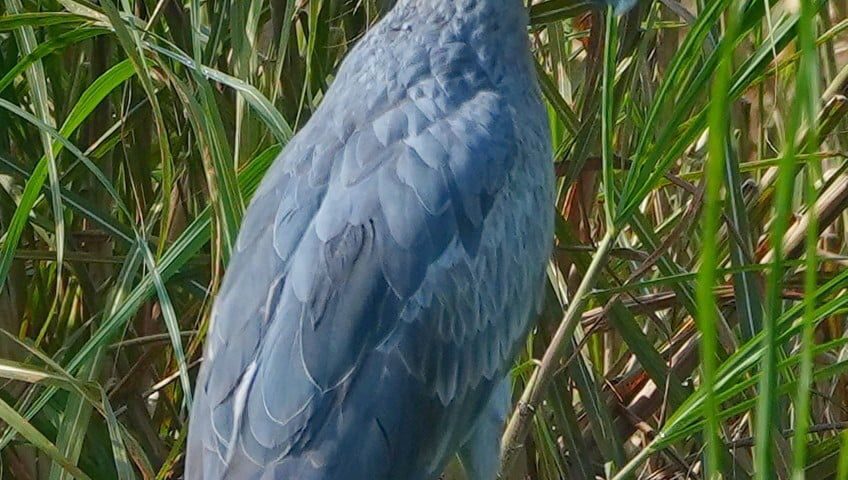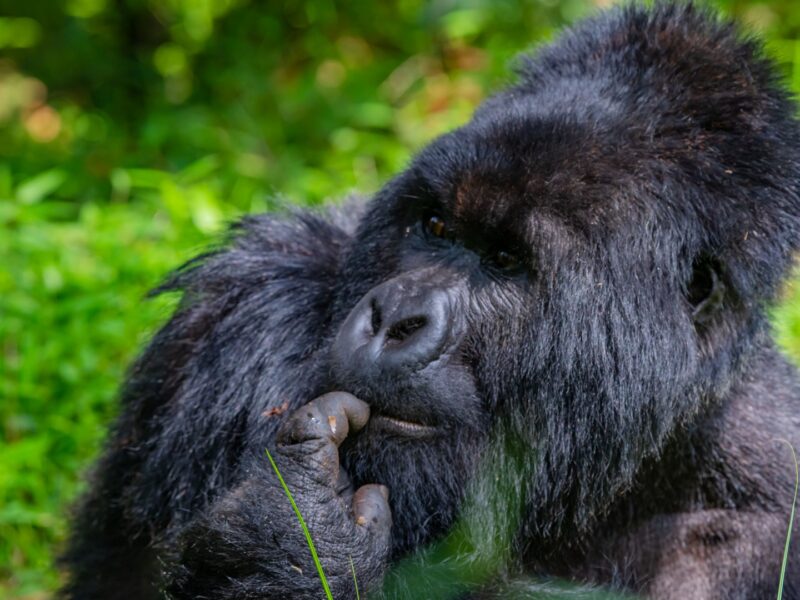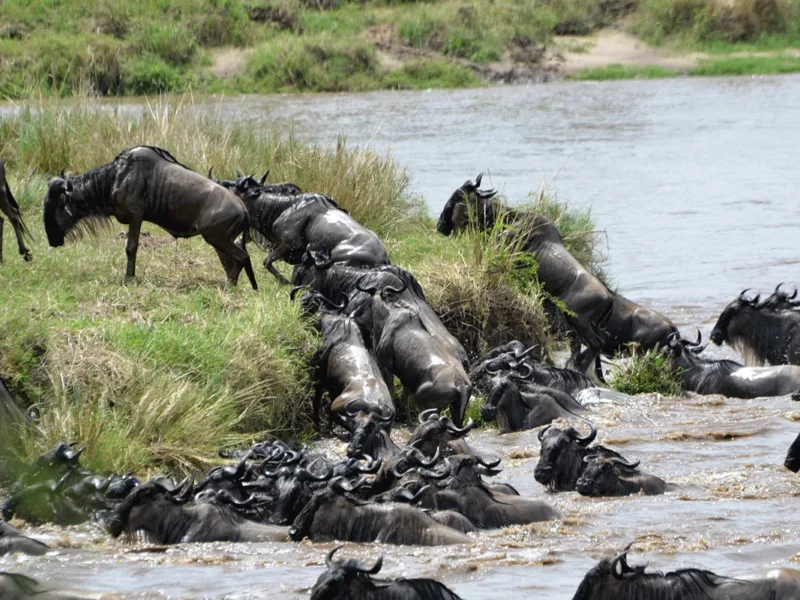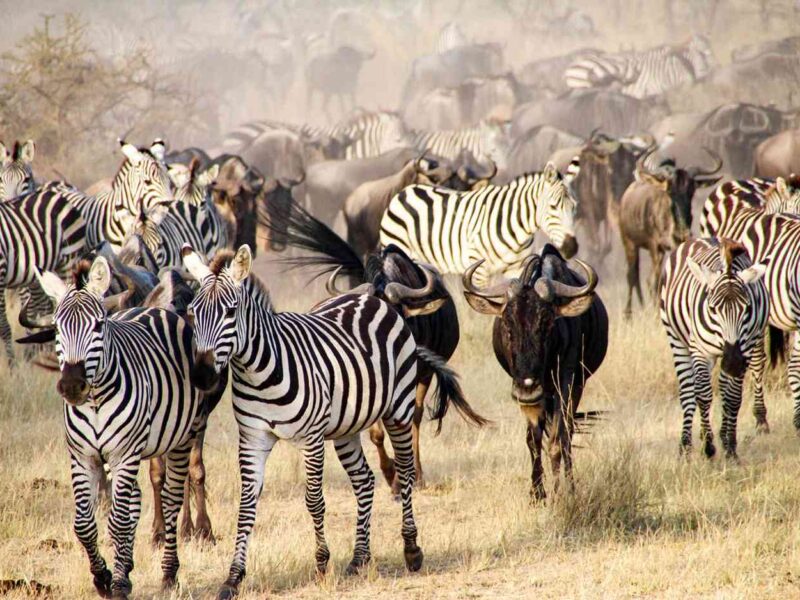Why Tanzania Serengeti Safari Is a Must Do in Africa
September 13, 2025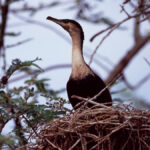
Top 10 East Africa Safari Itineraries for First-Time Visitors
September 13, 2025Where Can I See Shoebill Storks in Uganda?
Birding Safari Guide
Where can I see Shoebill Storks in Uganda? This question excites many birdwatchers who dream of spotting one of the world’s rarest and most prehistoric looking birds.
Uganda, often referred to as the Pearl of Africa, offers unmatched opportunities for birding safaris.
Its wetlands, swamps, and riverine habitats provide prime viewing areas for the Shoebill Stork, an elusive bird with a massive shoe shaped bill.
Unlike any other bird, the Shoebill captures the imagination of travellers seeking unique wildlife encounters beyond the typical safari animals.
Uganda Birding Safaris go far beyond just ticking off species. They blend adventure, discovery, and cultural immersion.
On a Uganda birding journey, visitors not only find the Shoebill but also experience chimpanzee tracking, Uganda gorilla trekking, and classic game drives.
Many travellers ask whether they can combine birding with gorilla trekking safaris. The answer is absolutely yes.
While searching for Shoebill Storks in Uganda, birders can extend their safari to Bwindi Impenetrable Forest for an unforgettable gorilla trekking safari.
This combination offers an unrivalled Africa safari package that appeals to seasoned birders, wildlife enthusiasts, and first-time visitors.
Ngeye Tours and Travel specializes in crafting these experiences, ensuring every safari balances expert-guided birding with the chance to explore Uganda’s full range of attractions.
With destinations like Mabamba Bay , Ziwa Rhino Sanctuary, and Murchison Falls National Park, Uganda is undoubtedly the best place to answer the popular question: Where can I see Shoebill Storks in Uganda?
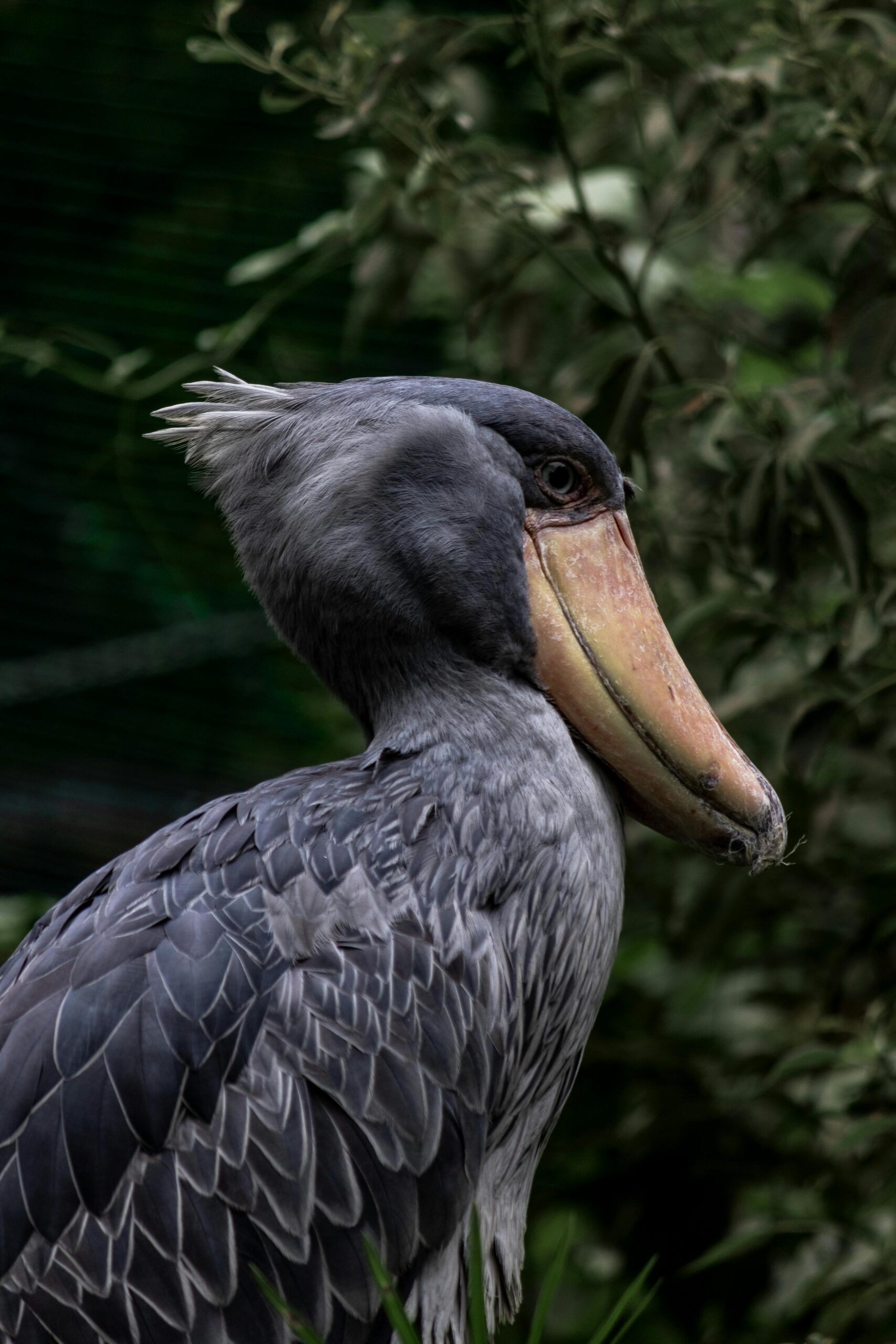
Shoebill Stork
Mabamba Swamp: The Best Place to See Shoebill Storks in Uganda
Where can I see Shoebill Storks in Uganda during a dedicated birding safari? Mabamba Bay tops the list.
Located along the northern shores of Lake Victoria, just a short drive from Kampala or Entebbe, Mabamba Swamp is globally recognized as a Ramsar Wetland of International Importance.
Its channels, lagoons, and marshes form an ideal habitat for the Shoebill, which thrives in papyrus vegetation and shallow waters.
Birders exploring this swamp use small wooden canoes to navigate narrow waterways, creating an intimate and rewarding birding experience.
Mabamba is not only about Shoebill Storks. Over 260 bird species call this wetland home, including African Jacanas, Malachite Kingfishers and the striking, Blue-breasted Bee-eater.
Yet, the Shoebill remains the star. Birdwatchers often see the Shoebill standing motionless, waiting to strike at lungfish or tilapia.
The bird’s prehistoric features and slow, calculated movements add to its mystique. That is why Mabamba Swamp is often the first stop for birding enthusiasts who ask where to see Shoebill Storks in Uganda.
While birding at Mabamba, travellers can easily extend their safari. Many combine this day trip with a full Uganda gorilla safari.
Questions such as “Where to stay on a Uganda gorilla safari?” or “What to pack for a Uganda gorilla safari?” become relevant as travelers plan longer itineraries.
After birding at Mabamba, one can fly or drive to Bwindi Impenetrable Forest to track the endangered mountain gorillas.
Around Bwindi, cultural encounters with the Batwa people add more depth, giving visitors the chance to connect with Uganda’s living heritage.
Therefore, Mabamba Swamp is not just about Shoebills; it serves as a gateway to wider Uganda birding safaris and gorilla trekking adventures.
Ziwa Rhino Sanctuary: Shoebill Encounters Beyond Rhino Tracking
Where can I see Shoebill Storks in Uganda apart from Mabamba Swamp? Ziwa Rhino Sanctuary is an excellent choice.
Located along the Kampala–Gulu highway on the way to Murchison Falls, Ziwa is famous as the only place in Uganda where rhinos are being reintroduced into the wild.
Visitors usually stop here to track rhinos on foot, but the sanctuary’s extensive wetlands also provide one of the most reliable spots to see Shoebill Storks.
Birding at Ziwa involves guided walks and canoe trips through Lugogo Swamp, a pristine wetland where Shoebill Storks thrive.
Early mornings are the best times to see these rare birds feeding or nesting.
While rhinos dominate the sanctuary’s fame, birders often leave Ziwa with Shoebill sightings that rival the thrill of walking alongside the massive white rhinos.
In fact, for anyone asking where I can see Shoebill Storks in Uganda during a multi-experience safari, Ziwa is a perfect answer.
It uniquely combines birding, conservation, and wildlife tracking in one location.
Travellers often choose to include Ziwa in longer Uganda safari itineraries that feature Uganda gorilla trekking, game drives in Queen Elizabeth National Park, or chimpanzee tracking in Kibale Forest.
Many also ask “When to go for a Uganda gorilla safari?” The best months are June to September and December to February, which coincide with excellent birding conditions at Ziwa.
Around the sanctuary, cultural tours with local communities add a meaningful human connection.
These tours showcase village life, traditional foods, and storytelling, enriching the safari beyond birdwatching.
Thus, Ziwa Rhino Sanctuary becomes much more than a conservation area. It becomes a vital stop for anyone asking, “Where can I see Shoebill Storks in Uganda?” while enjoying Uganda Birding Safaris that also include gorillas, rhinos, and authentic cultural encounters.
Murchison Falls National Park: Birding Meets Big Game Safaris
Where can I see Shoebill Storks in Uganda while also experiencing classic African wildlife safaris? Murchison Falls National Park is the best choice.
As Uganda’s largest national park, it combines spectacular landscapes, abundant wildlife and rich birdlife.
The Nile River, which cuts through the park, creates swampy delta areas where Shoebill Storks are frequently seen.
Birders can take boat cruises to the Nile Delta near Lake Albert, one of the most productive Shoebill habitats in East Africa.
The experience of spotting a Shoebill in Murchison Falls is extraordinary. On the same trip, visitors may also see elephants, lions, giraffes, and buffalo during game drives.
This makes Murchison a rare destination where birders and wildlife enthusiasts find equal satisfaction. For birdwatchers who want to know “Where can I see Shoebill Storks in Uganda alongside the Big Five?”, Murchison Falls provides the perfect answer.
While at Murchison, travellers often extend their safari to include gorilla trekking in Bwindi or Mgahinga.
Many international visitors wonder about logistics, asking “How can I plan Uganda gorilla trekking from Europe, Asia, or America?”
Ngeye Tours and Travel provides tailored itineraries that make such combinations seamless.
After birding and game drives in Murchison, visitors can fly to Bwindi for gorilla trekking and stay in luxury Uganda gorilla safari lodges.
Around the lodges, cultural experiences with local communities and visits to craft markets create memorable encounters beyond wildlife.
Therefore, Murchison Falls answers the question “Where can I see Shoebill Storks in Uganda?” with unmatched variety.
It provides a full package of birding, game drives, boat cruises, gorilla trekking extensions, and cultural safaris.
Combining Shoebill Birding with Uganda Gorilla Safaris
Many travellers researching “Where can I see Shoebill Storks in Uganda?” also want to combine their birding safari with Uganda gorilla trekking.
This combination creates one of the most rewarding African safari experiences.
Shoebill birding often takes place in the central and northern regions, while gorilla trekking requires travel to Bwindi.
Ngeye Tours and Travel organizes seamless itineraries that connect these regions efficiently.
Visitors often ask questions such as “Where to stay on a Uganda gorilla safari?”
Lodges around Bwindi range from luxury retreats overlooking the forest to comfortable mid-range lodges.
They provide more than accommodation; they serve as cultural gateways where travellers experience traditional dances, storytelling, and local cuisine.
Similarly, questions such as “What to pack for a Uganda gorilla safari?” are addressed through expert guidance.
Ensuring travellers come prepared for forest treks and mountain weather.
The synergy between birding and gorilla trekking highlights Uganda’s diversity.
Travelers begin their journey spotting Shoebill Storks in Uganda’s swamps and end by walking through misty forests with gorilla families.
Adding chimpanzee tracking in Kibale or game drives in Queen Elizabeth National Park further enhances the safari.
Birders leave not only with Shoebill sightings but also with memories of Uganda’s most iconic wildlife and cultural encounters.
This combination establishes Uganda as Africa’s leading safari destination.
positioning Ngeye Tours and Travel as a trusted partner for anyone asking where to see Shoebill Storks in Uganda alongside gorillas.
Why Choose Uganda for Shoebill Birding Safaris
So, where can I see Shoebill Storks in Uganda? The answer lies in three unmatched destinations: Mabamba Swamp, Ziwa Rhino Sanctuary, and Murchison Falls National Park.
Each offers unique opportunities, from canoeing through papyrus channels to walking alongside rhinos or cruising the mighty Nile.
Beyond Shoebills, Uganda Birding Safaris include cultural tours, game drives, chimpanzee tracking, and the ultimate adventure of Uganda gorilla trekking.
Travelers who combine birding with gorilla trekking safaris enjoy a safari experience that no other country can match.
Questions such as “When to go for a Uganda gorilla safari?” or “How to plan Uganda gorilla trekking from Europe, Asia, or America?”
find practical answers through expert guidance from Ngeye Tours and Travel.
With well-designed itineraries, trusted expertise, and attention to detail, travellers find Uganda the best destination for birders and wildlife lovers.
Ngeye Tours and Travel invites the world to explore Uganda’s beauty. From Shoebill sightings in wetlands to gorilla encounters in misty forests, Uganda delivers an unmatched safari.
Therefore, the next time you wonder “Where can I see Shoebill Storks in Uganda?”, remember that the answer is not just a location.
It is a journey of discovery, culture, and unforgettable wildlife that makes Uganda the heart of Africa’s safari experience.


